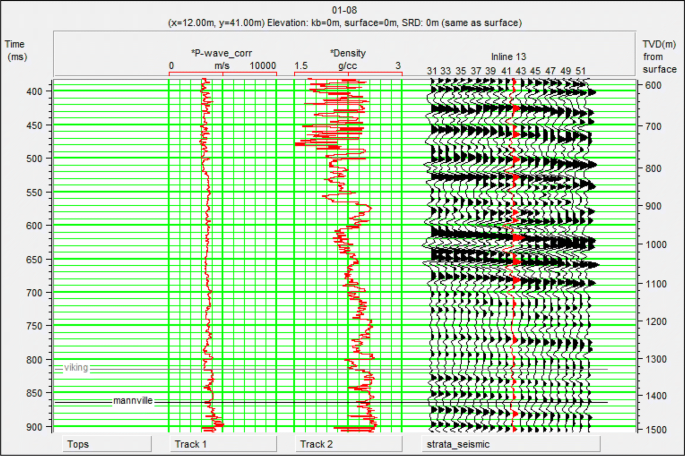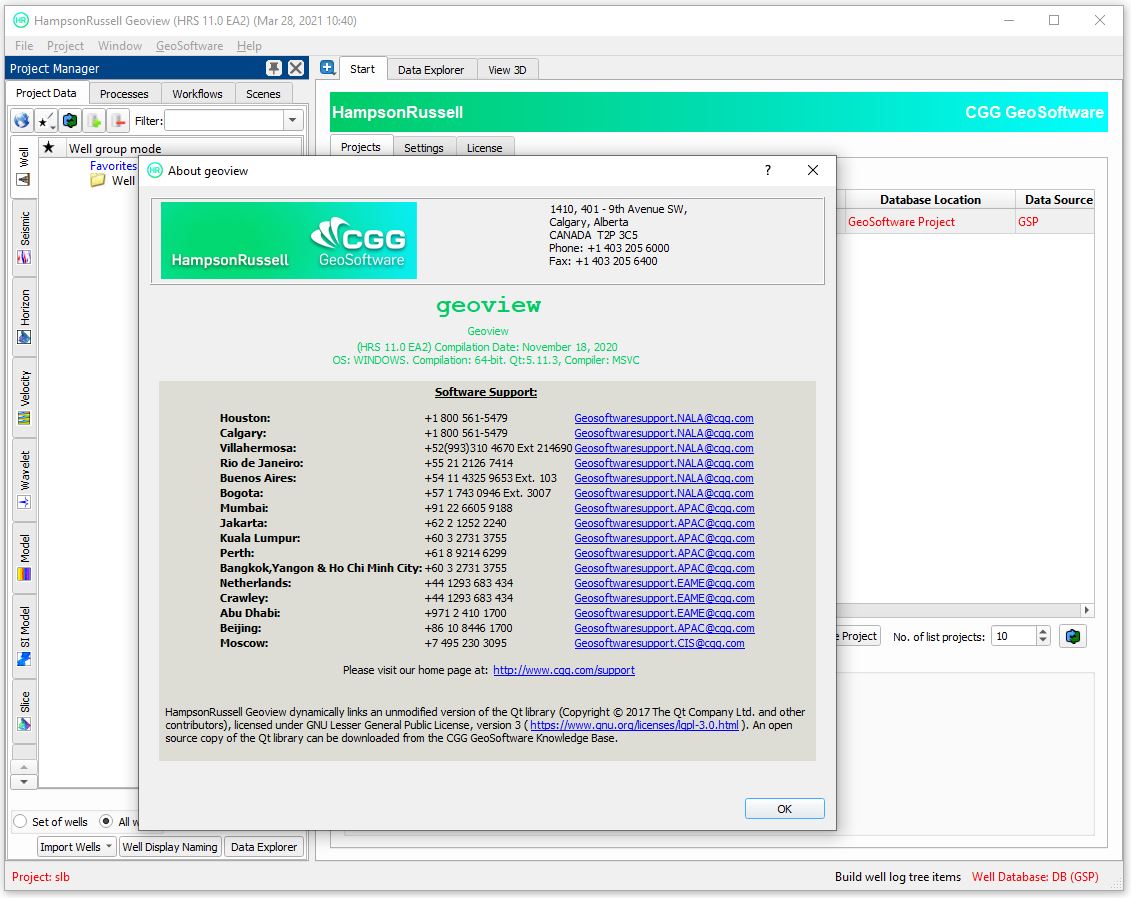

This volume has usually been processed to the final CDP gather stage.ĪVO analysis can be divided into two parts: synthetic modeling and seismic data analysis. A pre-stack seismic volume, either 2D or 3D. The results of the correlation allowed me to make connections between the depositional processes that led to the formation of the Ohio Utica from the New York Utica, for which outcrops and a large number of well logs are available.Guide to AVO Analysis Introduction Geoview is the program from Hampson-Russell which you can use to evaluate and model Amplitude Versus Offset anomalies. Lastly, the Utica Shale and underlying formations were correlated in Petrel software using well logs in the vicinity of the seismic lines. An average wavelet at the Utica two-way travel time was extracted using Promax software and convolved with the reflectivity to create a synthetic seismogram for each well.

Using Hampson Russell commercial software, acoustic impedance and reflectivity were computed from sonic and density logs. To perform forward modeling, I used geophysical well logs and NS-EW vibroseis line data.

Large positive normal incidence reflection coefficients decreasing at higher angles of incidence (Class I anomalies) were noted at the bottom of Utica reflector, consistent with a shift from low impedance source shale to higher impedance calcareous shale. Large negative normal incidence reflection coefficients attenuated at higher angles of incidence (Class IV anomalies) were observed at the top of Utica reflector, a response consistent with a change from silica-rich nonsource shale to black source shale. To model the AVO response, an AVA volume was created from prestack data and reflection coefficients up to 30 degrees of incidence were calculated using the two-term Aki-Richards approximation. Additionally, I note a possible reverse fault within the Utica that could create fracture porosity and a migration pathway. A Matlab software script was written in order to approximate this behavior using synthetic wavelets, and the resulting model matched well with the seismic data. I investigate the possibility that the lateral variation in frequency content and change in wavelet character of these reflections is influenced by velocity gradients, termed Wolf Ramps. On the seismic data, I interpret prominent reflections from the top and bottom of the Utica Shale and an intra-Utica reflector of varying frequency content associated with a velocity/density low in well log data. I also correlate TOC measurements from wells to densities and velocities at the same depths. Using well logs and AVO gradient analysis, I identify and characterize a package of reflectors associated with the Utica Shale from vibroseis data collected by Wright State University at the Gabor Gas Storage field near Canton, Ohio.


 0 kommentar(er)
0 kommentar(er)
